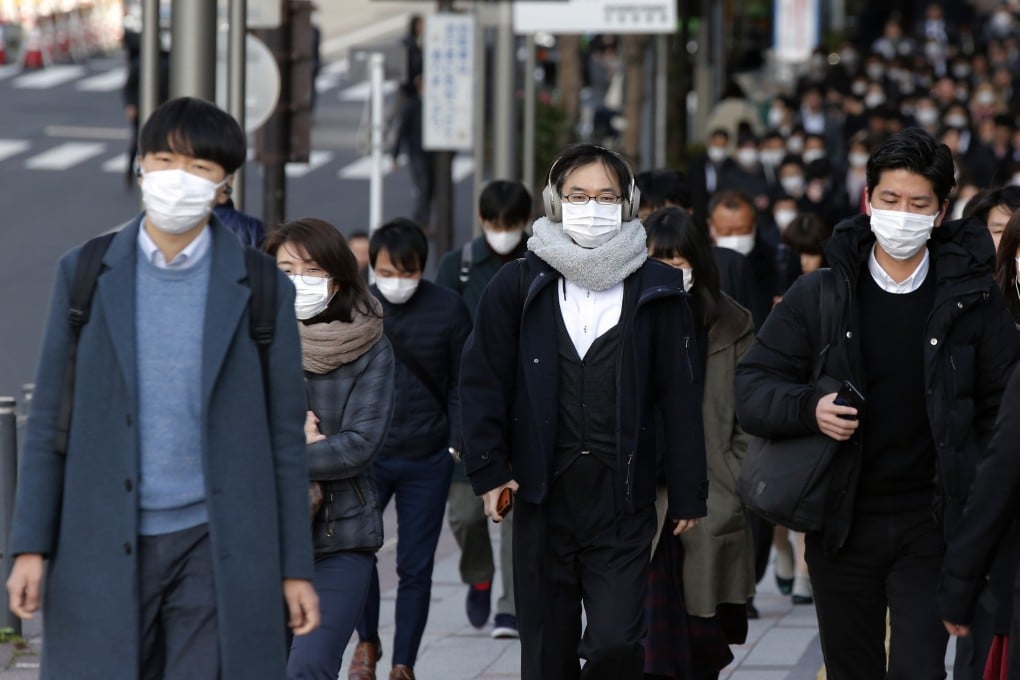Fears in Japan that limited coronavirus testing is masking true scale of infections
- As neighbours such as South Korea are identifying more cases through large-scale testing, Japan’s comparatively relaxed response has concerned citizens
- People with mild symptoms are not required to test for the virus, leading experts to believe the number of confirmed cases is under-reported

As of Friday, the virus had infected more than 180 people and was linked to four deaths, excluding the cases from the Diamond Princess cruise ship which was quarantined for weeks in Yokohama harbour.
That divergence has experts and members of the public concerned about Japan’s approach to diagnosis.

“For every one who tests positive, there are probably hundreds with mild symptoms,” said Masahiro Kami, chair of the Medical Governance Research Institute in Tokyo, and a practising doctor. “Those with mild symptoms are not being tested.”
While the government says it has the capacity to conduct 3,800 tests a day, only 5,700 were carried out between February 18 to 23, Japanese Health Minister Katsunobu Kato told parliament on Wednesday. That included the tests taken by passengers and crew of the Diamond Princess, where Japan’s attempt to quarantine the boat resulted in an explosion in infections to more than 700 cases.